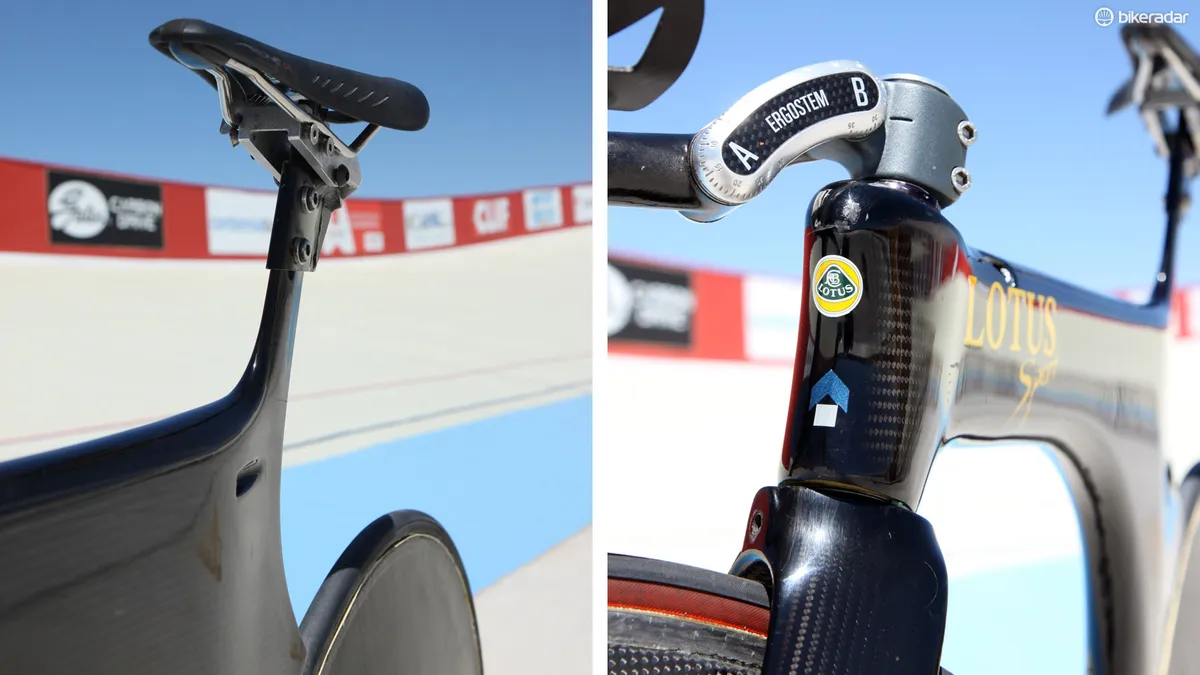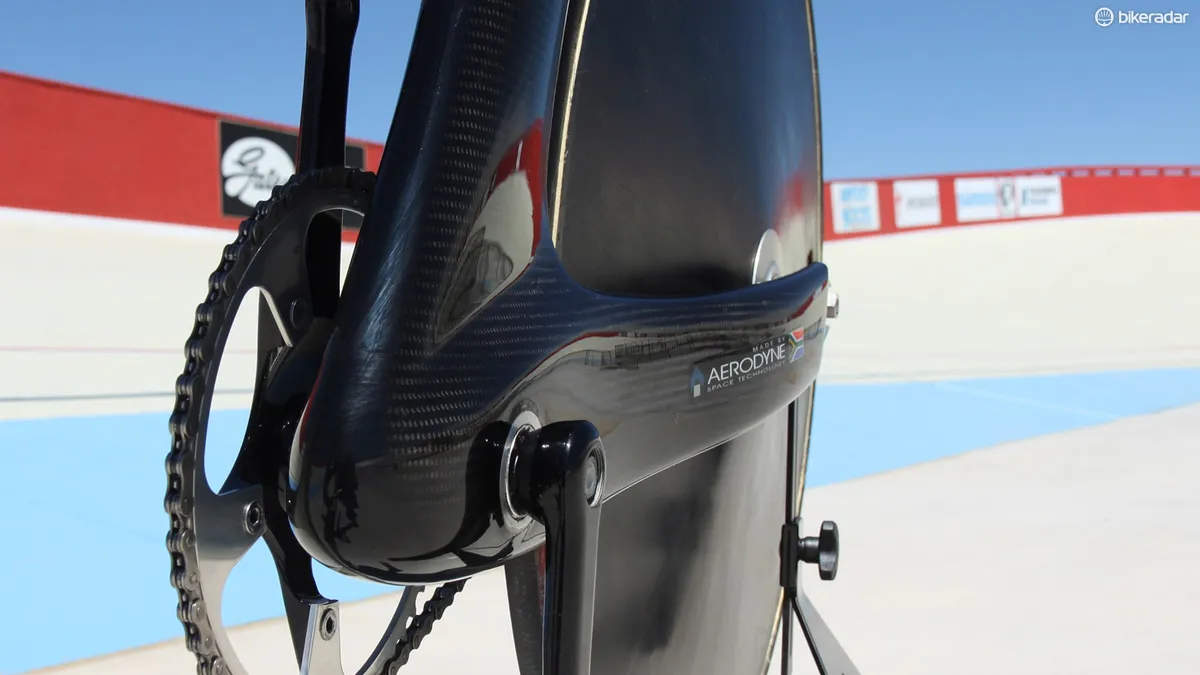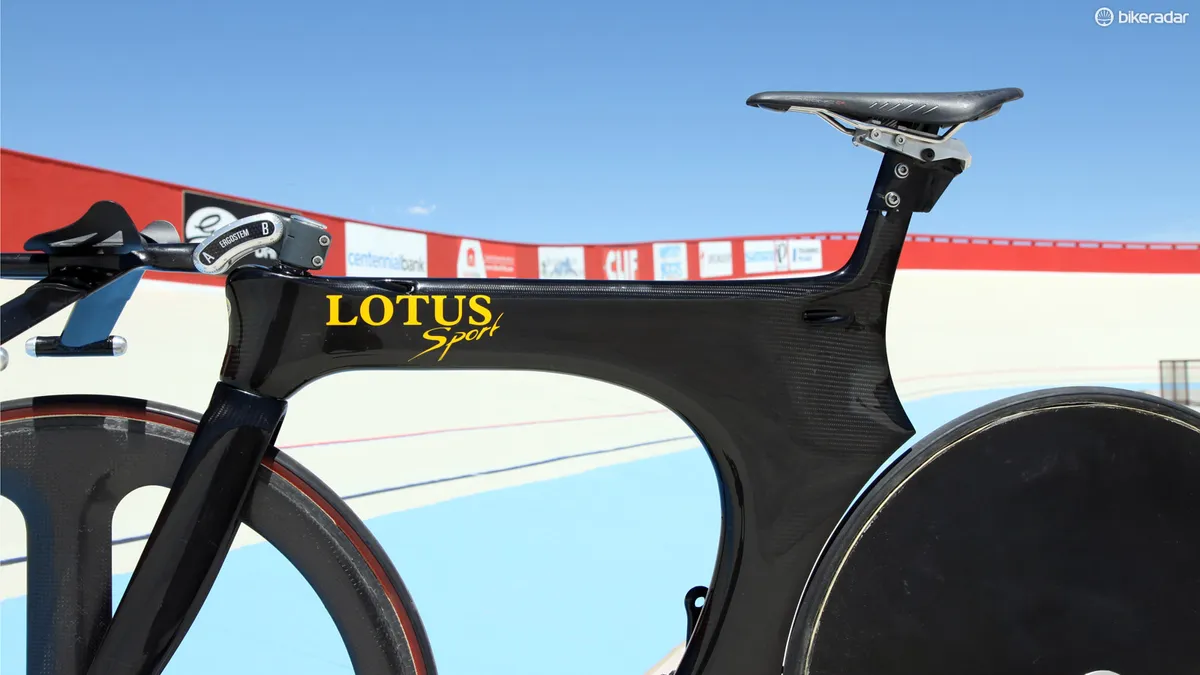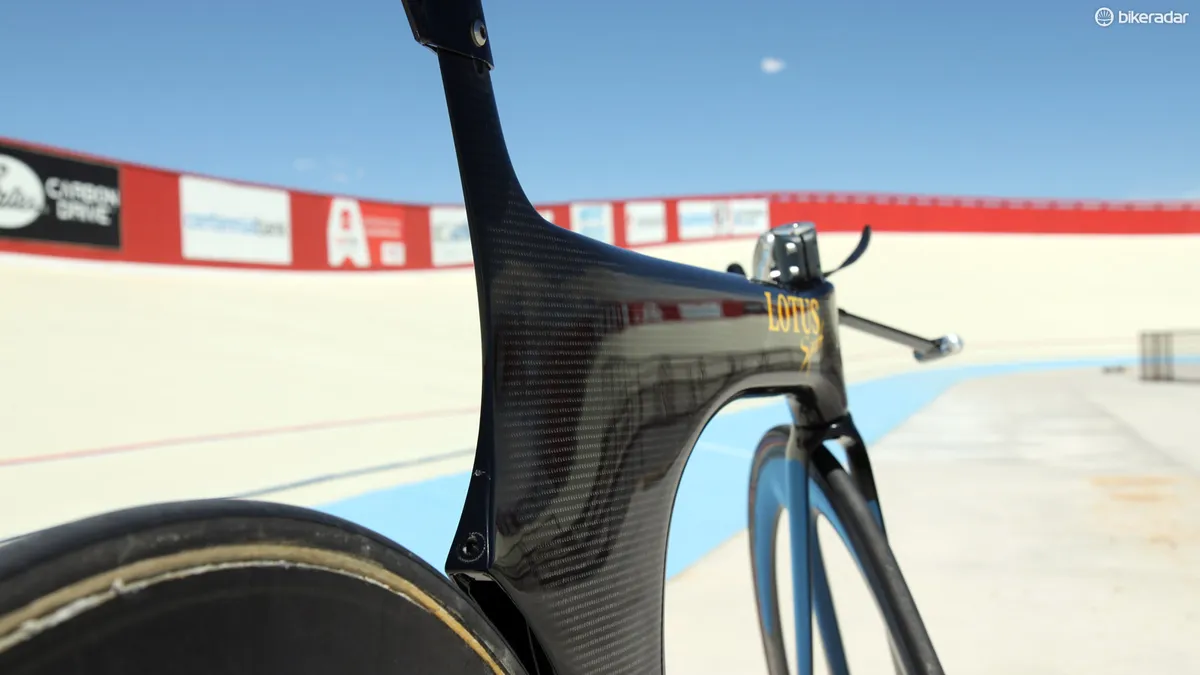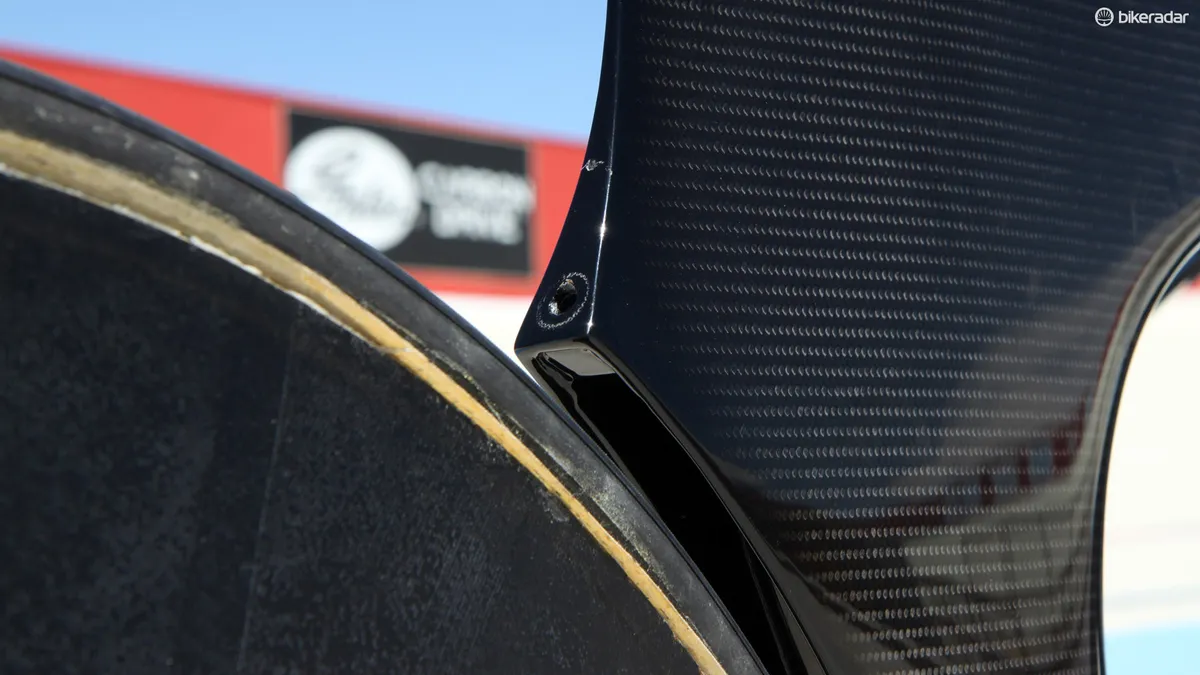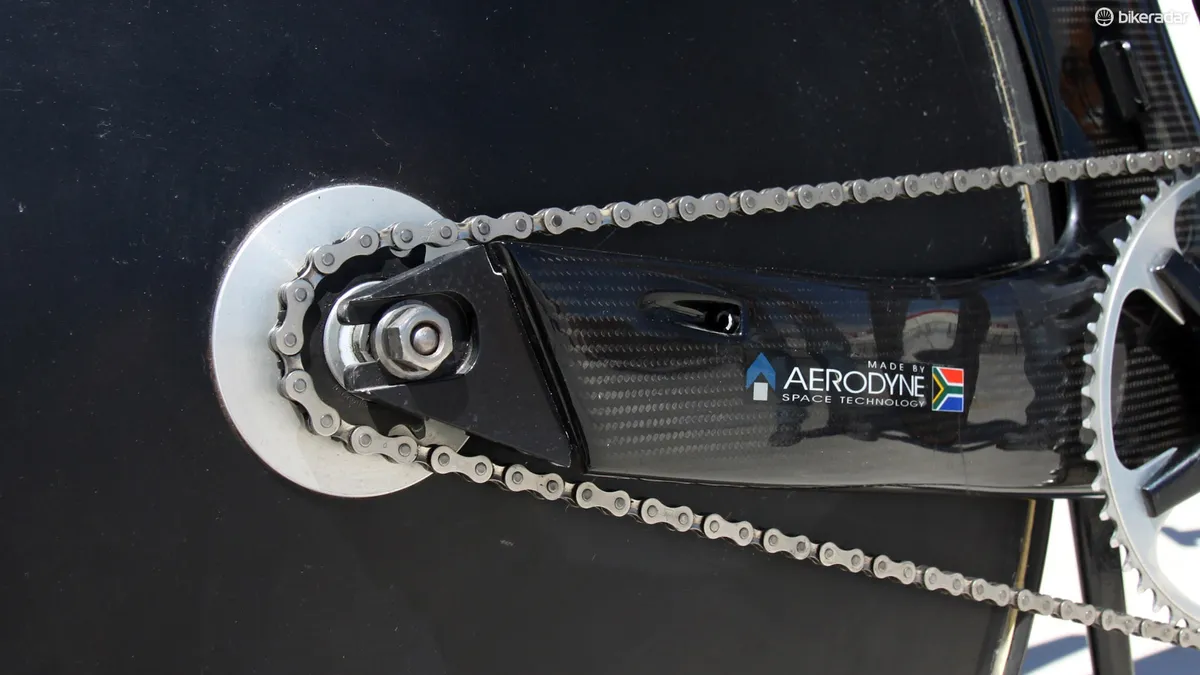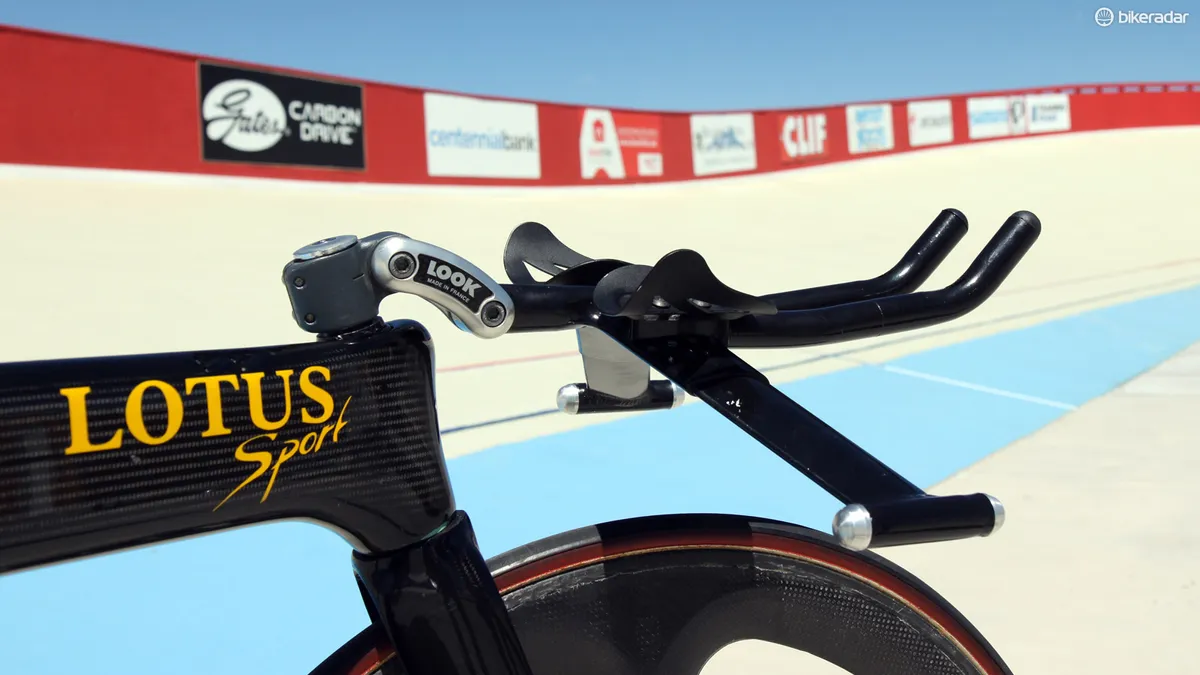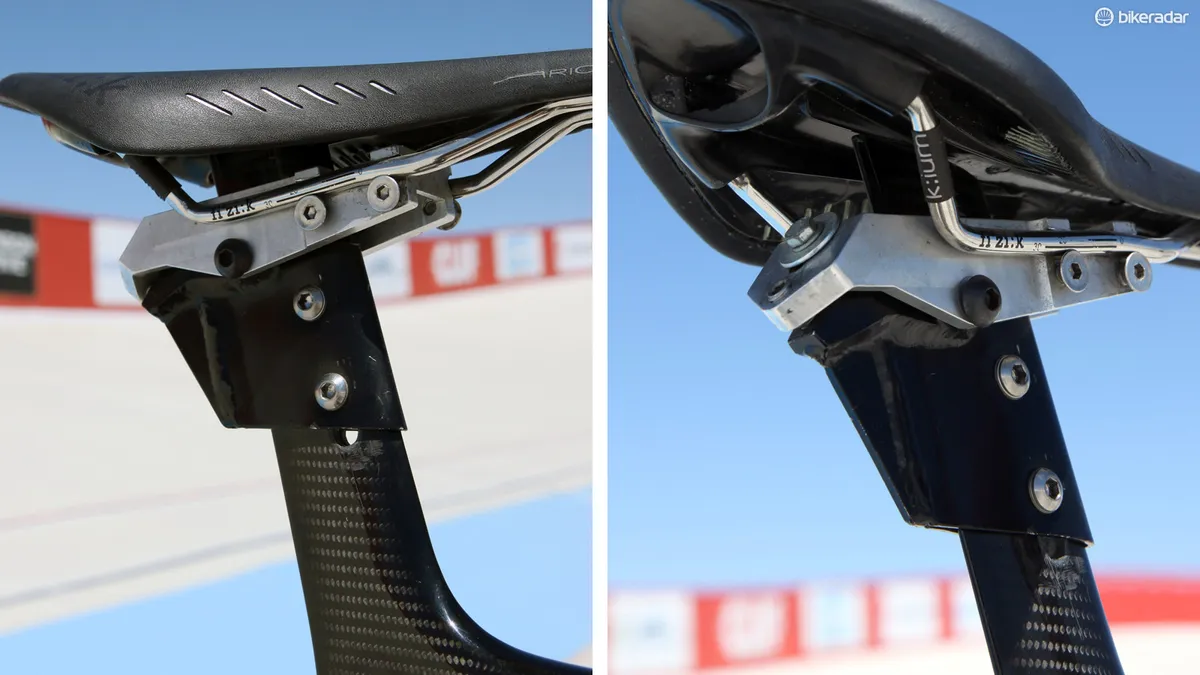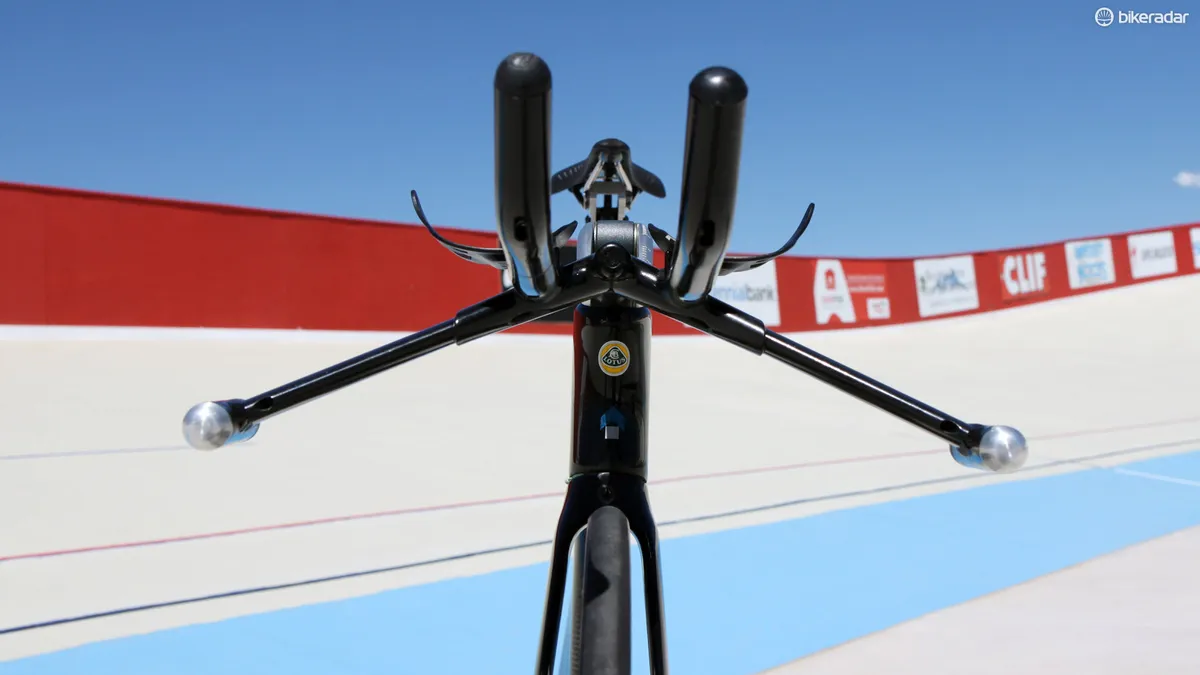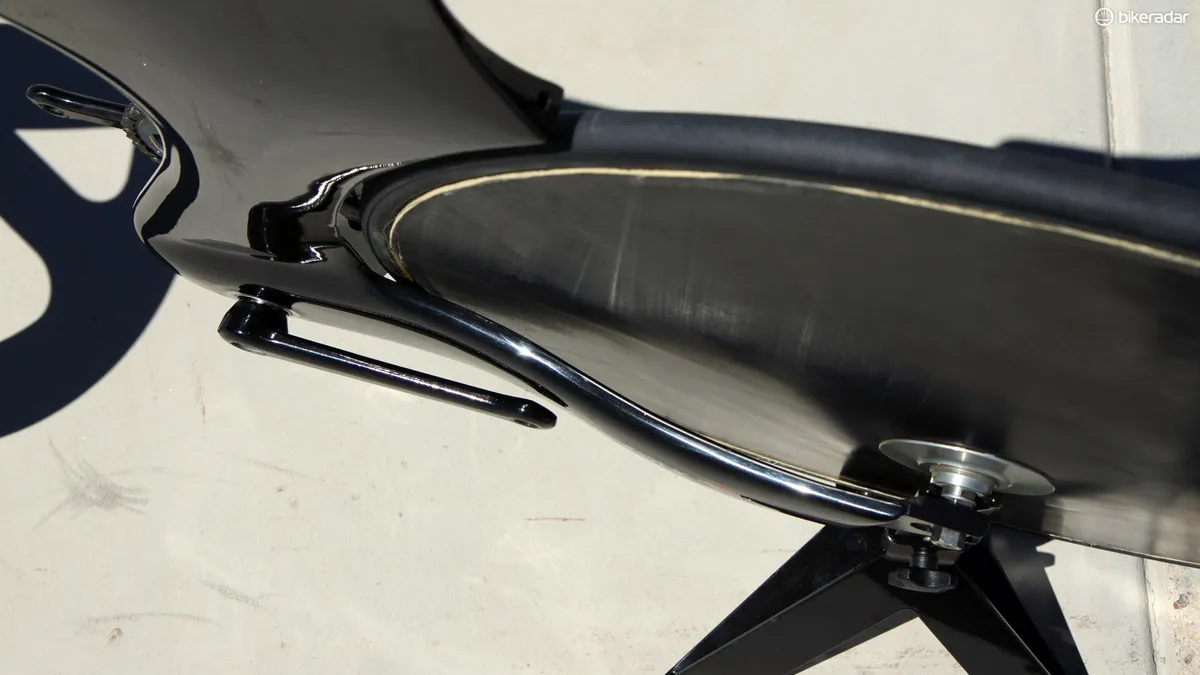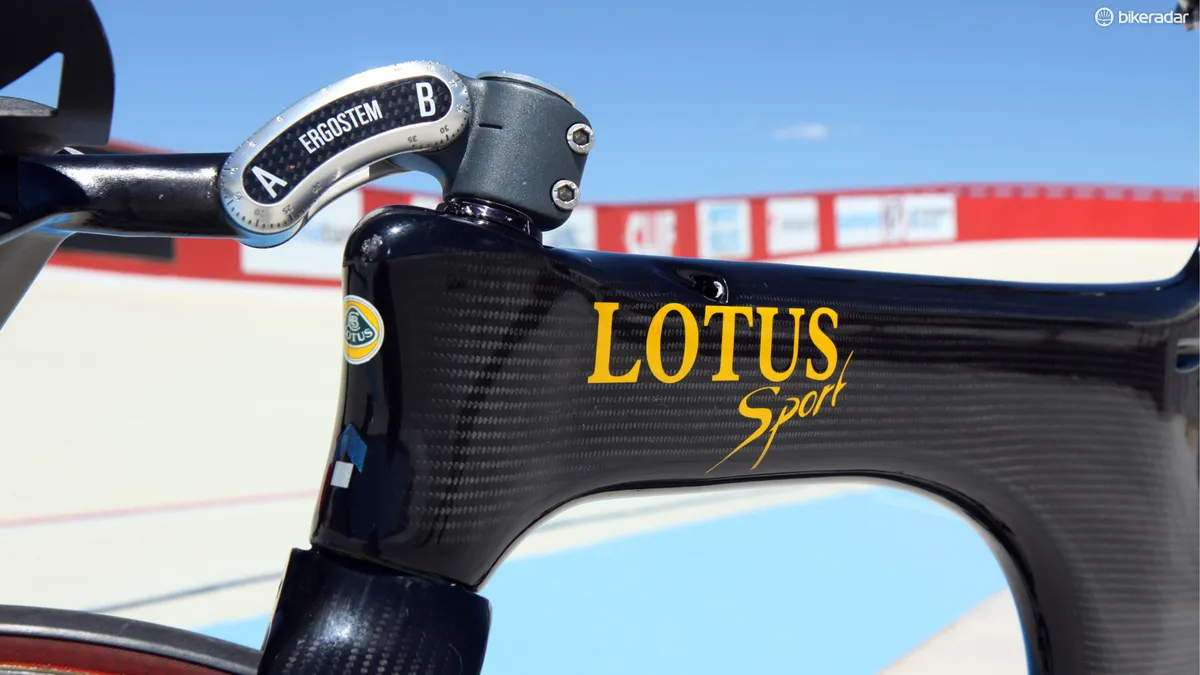Cycling's governing body enacted the Lugano Charter in 2000 – a wide-reaching document with far-limiting technical guidelines that forever changed the course of road bike development. Those rules were first drafted in 1996, though, and one could easily argue that one of the inspirations for those restrictions was Lotus Sport's iconic 108 and 110. Even two decades later, it's still one of the fastest shapes around.
The mid-1990s were the equivalent of the US Wild West in terms of bike development. 'Anything goes' was the predominant attitude of the time as there were essentially no rules dictating what a bike could be – or what it could look like – when it came to making them go faster.
The track-specific Lotus Sport 108 – and the only slightly less radical road-capable 110 model that followed – took full advantage of the design freedoms of that time, casting aside the traditional double-diamond frame layout entirely for one whose primary goal was cheating the wind. So-called 'Z frames' presented fewer impediments for oncoming air by omitting the down tube and seat stays while the use of then-revolutionary monocoque carbon fiber construction allowed the remaining structure to be outrageously shaped to further reduce drag.
The end result wasn't particularly light as compared to more traditional designs but given the application and the flat courses the Lotus was intended to see, it mattered more that the shape was fast.
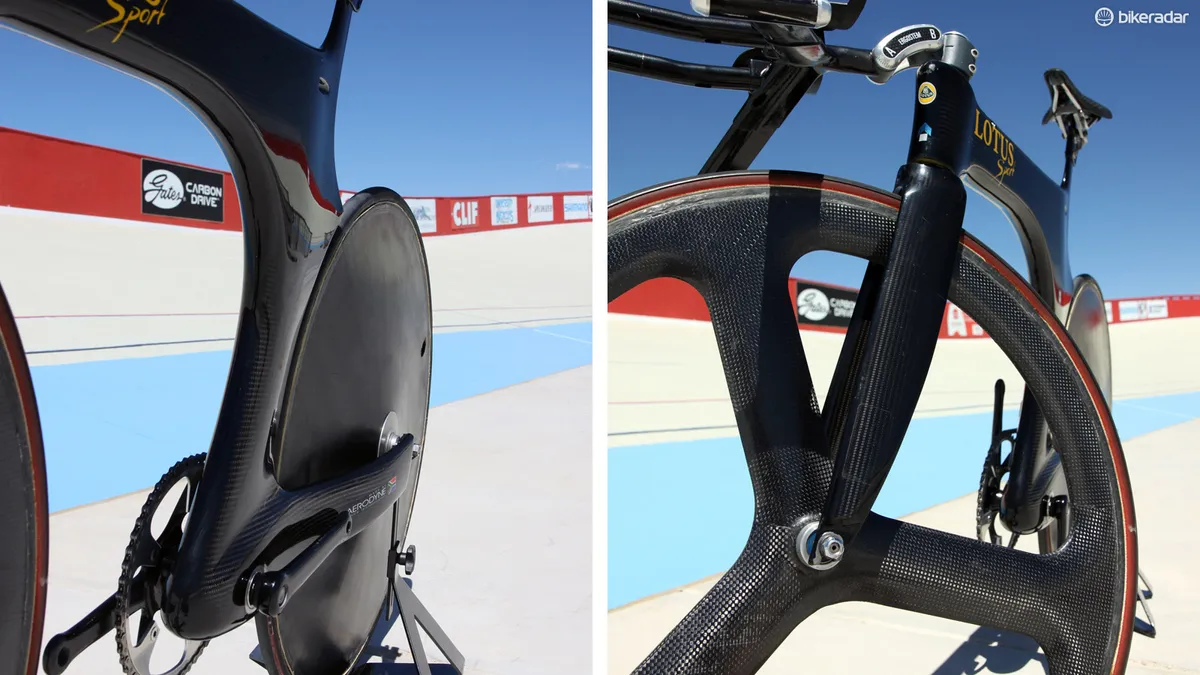
This particular example belongs to former pro rider Colby Pearce, a self-professed "TT dork" who used it to set the US hour record in 1995 with a distance of 50.191km.
"[The Lotus Sport 110] eventually came out and this bike was the shit," said Pearce. "I had the means to get one so I just threw down and bought it – at full retail. This bike is brilliant if you think about it. It's really only breaking the wind twice. It was way ahead of its time."
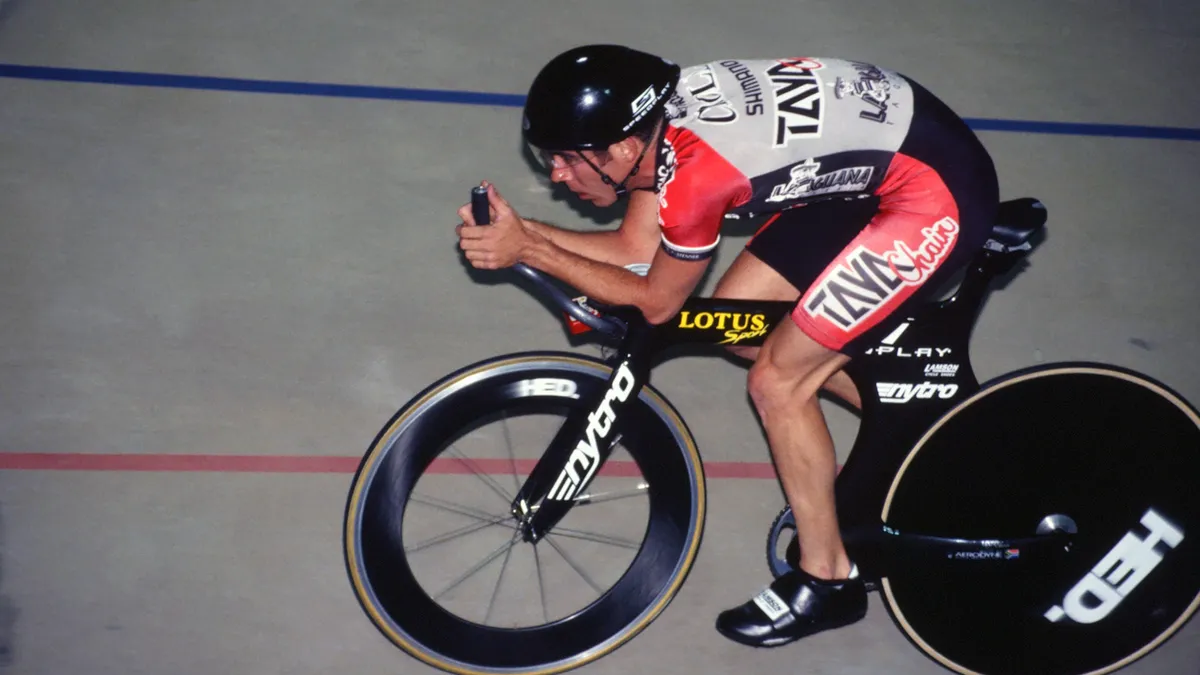
As it turns out, the Lotus Sport 110 is still a wickedly fast design even as compared to the best aero road frames currently on the market. Although it's tough to do a direct apples-to-apples comparison given how much the associated componentry has changed in the past decades, wind tunnel testing proves just how much the Lugano Charter has changed the direction of the equipment.
"We have all come a long way as far as optimizing the tube shapes and positioning them, as well as streamlining all the components," said aero guru Jim Felt, who has put more bikes through the wind tunnel than many of us have even seen. "Today if you are just comparing the UCI-legal framesets directly against the Lotus frameset I have found every time that the Lotus outshines 99 percent of them. My hat's off to Mike Burrows and the Lotus team for making such an amazing bike of its time."
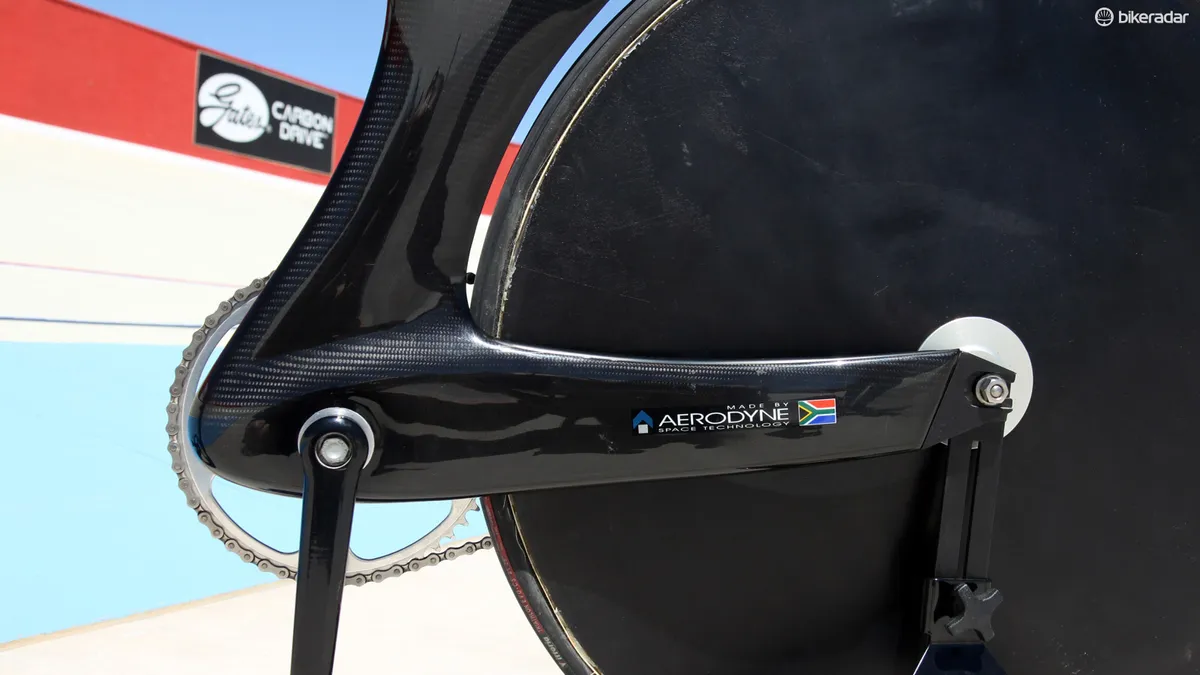
Today, Pearce is now a coach, bike fitter, and a member of Garmin-Sharp's sports science division and his Lotus Sport 110 is built up more as a display for an upcoming museum at Pro's Closet in Boulder, Colorado. Back in 1995 on that Colorado Springs velodrome, though, Pearce had his 110 set up quite differently.
The Russian-made 666 tensioned Kevlar rear disc wheel saw duty that day but otherwise missing from the current setup are his Scott 100k handlebars, Vetta TT saddle, HED 'Deep' front wheel, and one of the earliest SRM power meters. Those power meters used wired setups in those days and Pearce says he routed the wire internally using the vestigial internal front derailleur path – a tedious process that he says took him about seven hours.
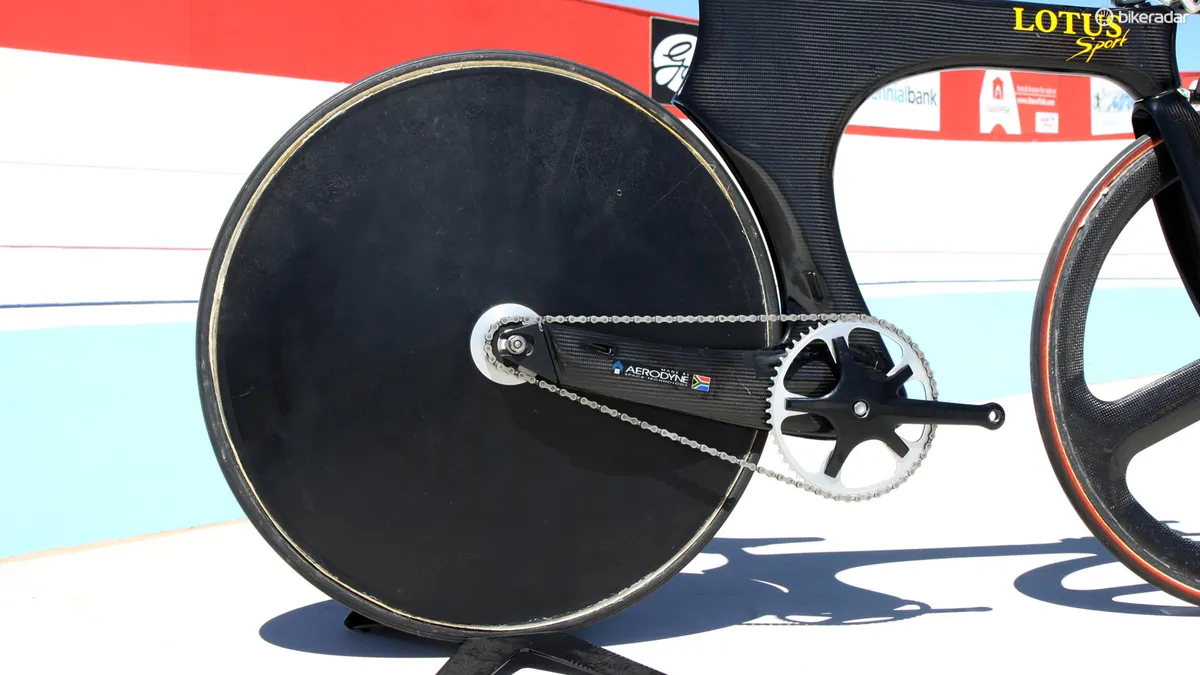
As shown here, it weighs 8.35kg (18.41lb).
One can only imagine how bike development would have been different had the UCI not instituted the Lugano Charter in 2000. Freed from the restrictions of history and tradition, what would modern superbikes look like today? We can unfortunately only wonder but even nearly twenty years later, the Lotus Sport 110 at least gives us a glimpse of what might have been.
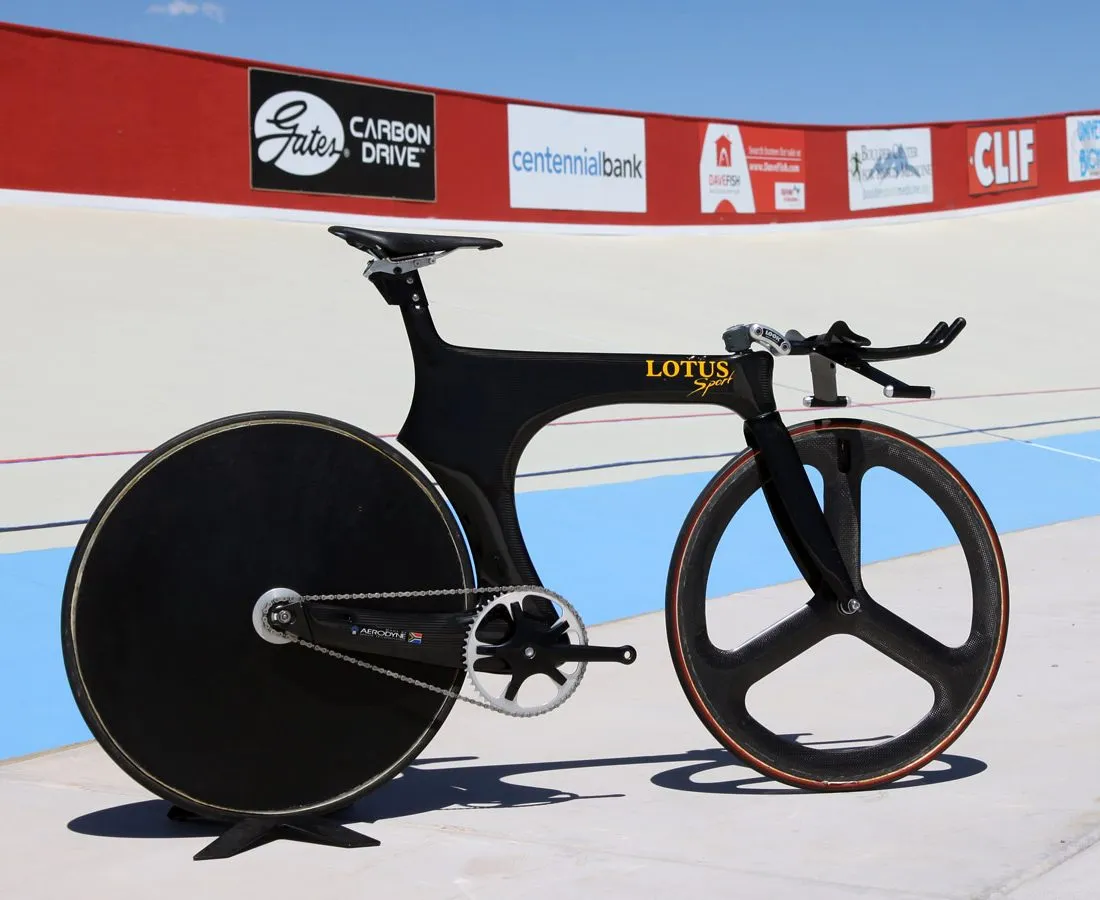
Special thanks to the folks at The Pro's Closet, who will soon open up a museum of noteworthy vintage bikes at their headquarters in Boulder, Colorado; Colby Pearce; and to the Boulder Valley Velodrome.
Complete bike specifications
- Frame: 1996 Lotus Sport 110
- Fork: Lotus Sport
- Headset: American Classic, custom modified
- Stem: Look Ergostem
- Handlebars: Custom Vision integrated aerobar, 37cm (c-c)
- Tape/grips: n/a
- Cog: Shimano Dura-Ace 14T
- Chain: Sachs Sedis
- Crankset: Mavic 631, 53T
- Bottom bracket: Shimano Dura-Ace BB-7410
- Pedals: n/a
- Front wheel: HED 3 with custom carbon fiber tubular rim
- Rear wheel: 666
- Front tire: Tufo S3 Pro tubular, 21mm
- Rear tire: Vittoria Triathlon CS Pro tubular, 21mm
- Saddle: fi'zi:k Arione CX k:ium
- Seatpost: Lotus Sport integrated
- Weight: 8.35kg (18.41lb, without pedals)
